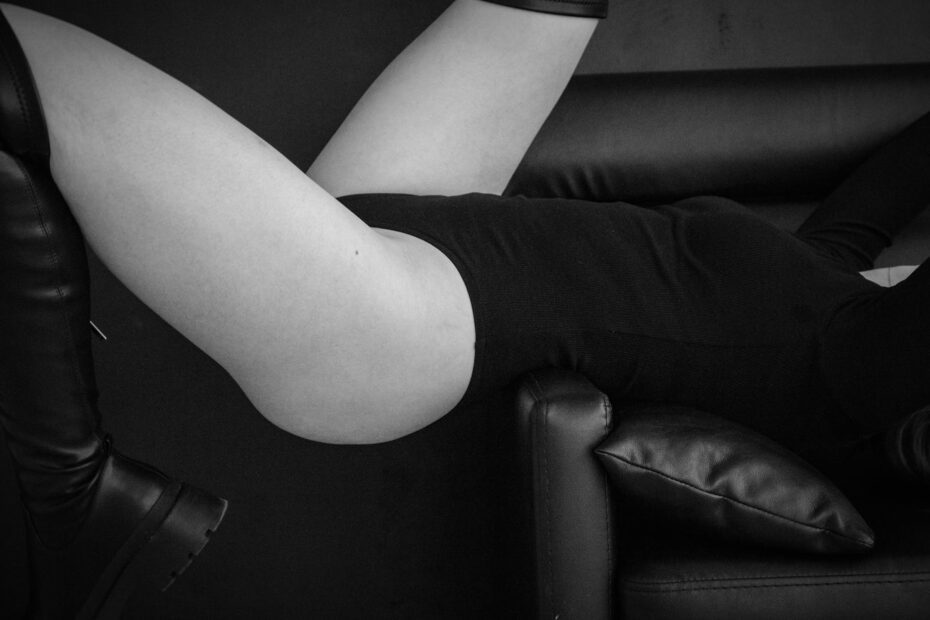Say goodbye to thigh chafing rash with the expert dermatologist’s ultimate guide for smooth and rash-free legs! In this article, you will find valuable advice and tips from a dermatologist who specializes in treating chafing and skin conditions. Thigh chafing rash can be uncomfortable and irritating, but with the right knowledge and preventive measures, you can keep your legs smooth and free from rashes.
Learn about the causes, symptoms, and risk factors of thigh chafing rash, and how to identify and differentiate it from other skin conditions. Understanding the root causes is essential in finding the most effective treatments and preventive measures.
Discover effective ways to prevent thigh chafing rash, including proper clothing choices, skincare routines, and hygiene practices. A dermatologist’s expert advice will guide you in making the right choices to keep your legs rash-free and comfortable. Don’t let thigh chafing rash hold you back from enjoying your favorite activities. Follow the ultimate guide and say goodbye to thigh chafing rash for good!
Understanding Thigh Chafing Rash
Thigh chafing rash is a common skin condition that occurs when the skin on the inner thighs rubs against each other, causing friction and irritation. It can be quite uncomfortable and painful, often resulting in redness, inflammation, and even blisters. Understanding the causes, symptoms, and risk factors of thigh chafing rash is essential for effective prevention and treatment.
Causes of thigh chafing rash can vary from person to person, but common factors include excessive sweating, wearing tight clothing, and repetitive movements such as walking or running. Symptoms typically include redness, itching, and a burning sensation in the affected area. It’s important to differentiate thigh chafing rash from other skin conditions like eczema or fungal infections, as the treatment approach may differ.
Identifying the risk factors for thigh chafing rash can help individuals take proactive measures to prevent it. Factors such as obesity, heat and humidity, and certain activities like sports or long-distance walking can increase the likelihood of developing thigh chafing rash. By understanding the causes, symptoms, and risk factors, individuals can take appropriate steps to prevent and manage thigh chafing rash, ensuring smooth and rash-free legs.
Preventing Thigh Chafing Rash
Preventing Thigh Chafing Rash is crucial for those who want to enjoy smooth and rash-free legs. By making a few simple changes to your lifestyle and taking some preventive measures, you can effectively avoid the discomfort and irritation caused by thigh chafing rash.
One of the key factors in preventing thigh chafing rash is making the right clothing choices. Opt for loose-fitting clothes made from breathable fabrics like cotton or moisture-wicking materials. Avoid tight-fitting garments that can cause friction and increase the risk of chafing. Additionally, consider wearing moisture-wicking shorts or leggings underneath your clothes to provide an extra layer of protection.
Skincare routines also play a vital role in preventing thigh chafing rash. Keep your skin well moisturized to maintain its natural barrier function. Apply a thin layer of petroleum jelly or anti-chafing balms to areas prone to chafing, such as the inner thighs. These products create a protective barrier that reduces friction and prevents irritation.
Good hygiene practices are essential for preventing thigh chafing rash. Keep the affected area clean and dry, especially after physical activities or sweating. Take regular showers and use a gentle, pH-balanced cleanser to avoid further irritation. Pat dry the skin instead of rubbing it, as rubbing can aggravate the chafed skin.
By following these preventive measures and incorporating them into your daily routine, you can bid farewell to thigh chafing rash and enjoy smooth and rash-free legs!
Frequently Asked Questions
- What is thigh chafing rash?
Thigh chafing rash, also known as chub rub, is a common skin irritation that occurs when the skin on the inner thighs rubs against each other, causing friction and inflammation.
- What are the symptoms of thigh chafing rash?
The symptoms of thigh chafing rash include redness, irritation, itching, burning sensation, and in severe cases, the development of painful blisters or sores.
- What causes thigh chafing rash?
Thigh chafing rash is primarily caused by friction between the thighs, especially in hot and humid weather or during physical activities. Other contributing factors include wearing tight clothing, excessive sweating, and obesity.
- How can I prevent thigh chafing rash?
To prevent thigh chafing rash, you can try wearing loose-fitting clothing made of breathable fabrics, applying a lubricant or anti-chafing balm to the inner thighs, keeping the skin dry and clean, and maintaining a healthy weight.
- How can I treat thigh chafing rash?
If you develop thigh chafing rash, it is important to keep the affected area clean and dry. You can apply a soothing ointment or cream to reduce inflammation and promote healing. In severe cases, your dermatologist may prescribe a topical medication or recommend other treatment options.
- Can thigh chafing rash lead to other complications?
In rare cases, untreated or severe thigh chafing rash can lead to secondary skin infections. It is important to seek medical attention if you notice signs of infection, such as increased pain, swelling, pus, or fever.


Keith is originally from Truckton, Colorado. The 54-year-old cared for his overweight wife for many years. Keitch is also a freelance editor at antichafing.net and supports the team as a competent advisor. In his spare time Keith enjoys reading books, visiting his homeland and is a passionate product tester for well-known manufacturers.

